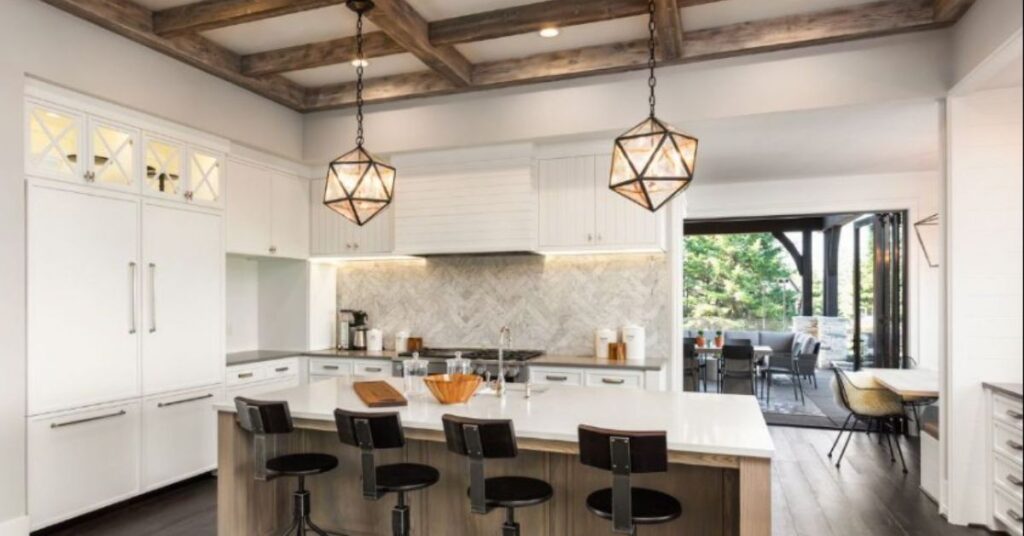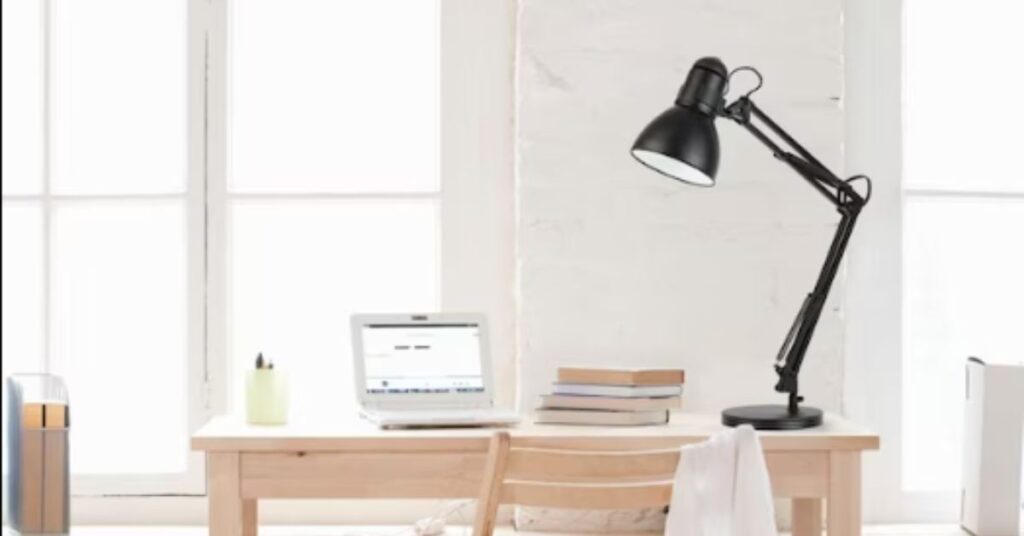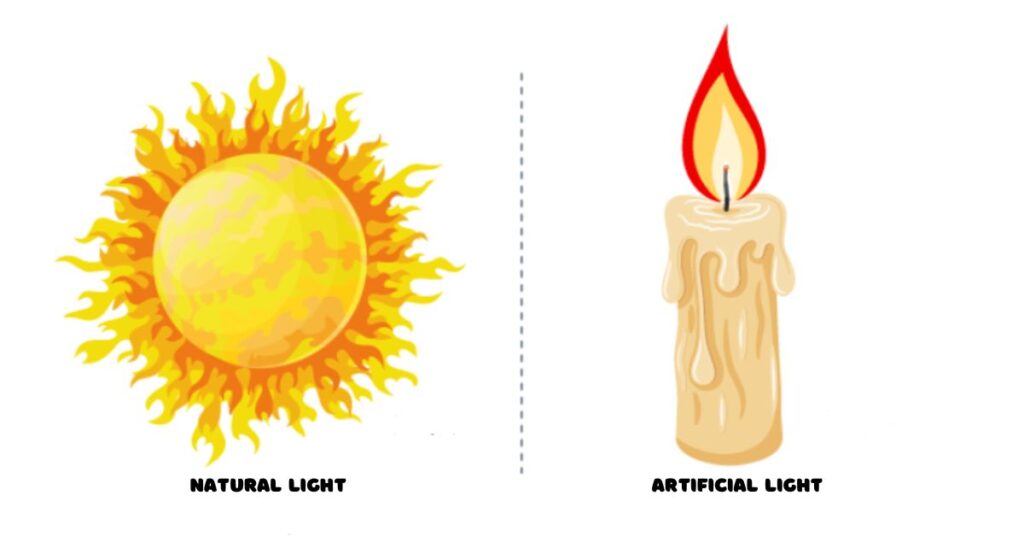Did you know that almost 80% of students suffer from eye strain due to poor lighting while studying? Imagine trying to absorb complex information with dim, flickering, or overly bright lighting—it’s like trying to read a book in a storm! Proper lighting isn’t just about visibility; it impacts your focus, memory, and overall productivity.
The proper study lighting can reduce fatigue, improve mood, and enhance concentration, making your study sessions more productive. Whether you’re preparing for an important exam or reading for long hours, choosing the right lighting is vitally important. But with so many options available, how do you determine what works best? In this guide, we’ll break down everything you need to know about the best lighting for studying, helping you create an optimal and comfortable study environment.
The Importance of Proper Lighting for Studying
- Prevents eye strain and fatigue
- Improves focus and concentration
- Enhances mood and motivation
- Reduces headaches and discomfort
Without proper lighting, studying can become stressful and unproductive. Poor lighting can cause discomfort, leading to decreased efficiency and increased errors.
What Are The Best Lights for a Study Room?
Natural Light
Natural light is the ideal source of illumination for studying. It helps maintain focus, reduces eye strain, and enhances overall well-being. If possible, position your study desk near a window to take full advantage of natural daylight.
Table Lamp or Desk Lamps
A good desk lamp is essential for studying, especially in the evening or in low-light conditions. Choose an LED lamp with adjustable brightness and color temperature to reduce eye strain.
Pendant Lighting

Pendant lights can provide excellent overhead illumination, ensuring that your study space is well-lit. Choose adjustable pendant lights that allow you to control brightness and focus light where needed.
Wall Mounted Lamps And Sconces
Wall-mounted lamps and sconces are great for saving desk space while providing direct or indirect lighting. These are particularly useful for small study areas where space is limited.
Recessed Lights
Recessed lighting offers a sleek and modern way to illuminate a study space. These lights provide even illumination without taking up space, making them a great choice for study rooms with minimalistic designs.
Floor Lamps
Floor lamps offer flexible lighting options, allowing you to adjust brightness and position based on your needs. They work well for shared study spaces and can supplement overhead or desk lighting.
Dimmers for Better Control
Using dimmers allows you to control the intensity of light in your study area. This helps create a comfortable atmosphere for different tasks, from reading to computer work.
Top 4 Lights for Studying
1.Swing-Arm Desk Lamp

A swing-arm desk lamp provides adjustable lighting, allowing you to direct light exactly where you need it. It’s perfect for focused studying without casting harsh shadows.
2.Customizable LED Strip Lights
LED strip lights offer flexibility and can be placed around your study desk for ambient lighting. They come with adjustable brightness and color settings to match your study needs.
3.Lamp with Lampshade
A lamp with a lampshade softens harsh light and reduces glare, creating a more comfortable study environment. It’s ideal for long hours of studying without straining your eyes.
4.Smart Ambient Mood Lighting
Smart ambient lights allow you to customize the brightness and color temperature with a remote or app. They help create a focused and relaxed study atmosphere.
Which Study Lamp is Best for Eyes?
Adjustable Brightness
A study lamp with adjustable brightness lets you control the intensity of light to match your needs, reducing eye strain and improving comfort.
Color Temperature Control
Lamps with adjustable color temperature help you switch between warm, neutral, and cool light to suit different study tasks and times of the day.
Directional Lighting
A lamp that offers directional lighting ensures that light is focused where needed, preventing unnecessary glare and reflections.
Non-Flickering Light
Flickering lights can cause headaches and eye fatigue. Choosing a high-quality, non-flickering LED lamp helps maintain steady illumination.
High Color Rendering Index (CRI)
A lamp with a high CRI (80+ or 90+) provides accurate color representation, which is especially useful for tasks that require color differentiation.
Natural Light vs. Artificial Light

Natural Light
Natural light is the best source of lighting for studying. It provides a balanced color spectrum, reduces eye strain, and improves mood. Placing your study desk near a window can help maximize natural light exposure.
Pros:
- Reduces eye strain
- Enhances alertness and mood
- Saves electricity costs
Cons:
- Dependent on weather and time of day
- Can create glare if not positioned correctly
Artificial Light
When natural light is unavailable, artificial lighting becomes essential. Choosing the right artificial light source can make a big difference in your study environment.
How to Set Up Your Study Lights
Proper positioning of lights can enhance concentration and reduce shadows or glare. Ensure even lighting across your study space and avoid placing bright lights directly in your line of sight.
How Bright Should a Study Room Be?
A study room should have at least 500-700 lumens of brightness to ensure proper visibility without causing strain on the eyes.
How Should You Make Your Study Room Brighter?
- Use brighter LED bulbs
- Add extra desk or floor lamps
- Position mirrors to reflect light
- Keep windows clean for maximum natural light
What Colour Should You Put Your LED Lights on to Study?
Cool white or daylight (5000K-6500K) is best for studying as it boosts alertness and concentration.
What Colour Light is the Best for Concentration?
Blue or cool white light enhances focus and improves cognitive function, making it ideal for studying.
What Colour Stimulates the Brain?
Blue light stimulates brain activity and improves focus, making it great for tasks requiring high concentration.
Is It Better to Study in Dim or Bright Light?
Bright light is generally better for studying as it keeps you alert and focused. Dim lighting can cause eye strain and drowsiness.
What Colour Improves Memory and Helps People Focus?
Blue Light
Blue light enhances cognitive function, improves alertness, and helps with memory retention.
Warm Light
Warm light creates a calming environment that helps reduce stress, making it great for prolonged study sessions.
Conclusion
Choosing the right study lighting is crucial for focus, productivity, and eye health. Whether using natural light or artificial options, ensuring proper brightness and color temperature can make a significant difference in your study experience.
9. FAQ
- Is LED light good for studying? Yes, LED lights are energy-efficient, long-lasting, and provide consistent, flicker-free illumination.
- What is the best wattage for a study lamp? A study lamp should be between 5-10 watts (LED) or 40-60 watts (incandescent) for optimal brightness.
- Does blue light help with studying? Yes, blue light enhances alertness and cognitive function, making it ideal for studying.
- Can warm light improve focus? Warm light creates a relaxing atmosphere but is better for winding down rather than intense study sessions.
- How can I reduce eye strain while studying? Use adjustable lighting, take breaks, and avoid excessive screen glare.
